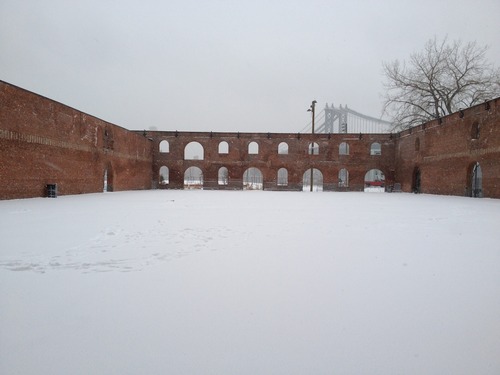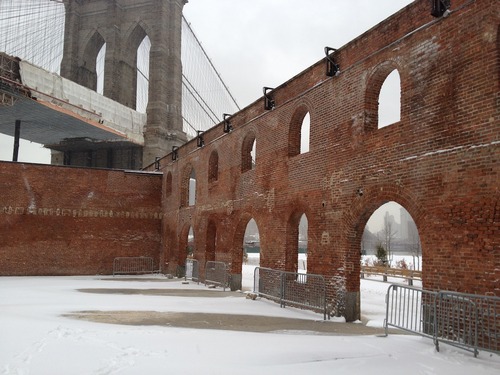Gerhard Richter Painting - the hyperrationalist
 Tuesday, March 20, 2012 at 10:32PM
Tuesday, March 20, 2012 at 10:32PM Last week I went to see the documentary "Gerhard Richter Painting." Simple, but clever title, as it can be read three ways: 1. the noun Gerhard Richter Painting. An object. 2. The gerund: Richter in motion, Richter painting. That is what this movie shows us -- Richter painting, the process, documenting himself. 3. Painting with a capital "P.' As in, Gerhard Richter on Painting. Richter explaining what makes a painting. This is someone who will rhapsodize on the ineffability of Painting then pick up a few buckets of paint and a giant squeegee and have a blast.
My wife, Betsey, reminded me that Rem Koolhaas loves Richter. Understandable. They are both anti-stylists, eschewing a recognizable "look" (although in both cases there are certainly familiar gestures and techniques). The Koolhaas process has been labeled "hypperrational" -- indicating the development of program and pragma and process so diligently, to an extreme degree, as to swerve off the normative path and discover surprising novelty. The personal and emotional, as well as the formal, are suppressed, but in the end the building is expressive on multiple levels, often more so than one resulting from an explicitly subjective, gestural design process (Gehry being the most extreme example).
This subtlety of expression is at work in Richter. He painstakingly explores the dynamics of candle flame, experiments with optical effects, replicates casual family snapshots. He cannot talk, he professes, about painting because painting is the expression of his process, his thought. There is a teutonic straightforwardness in how he talks about his projects, but the results are complex and beautiful.
What is enjoyable, and even humorous, in this film to longtime fans, is that at this particular moment in Richter's career, which you may reasonably call his twilight (as he is a youthful octagenarian), he is having fun and acting playful. He accepts a few buckets of vibrantly colored paint from an assistant and applies it to a large canvas liberally with a housepainting brush. With his improbably wide squeegee he is seen to draw the colors together across the canvas, laboring to maintain pressure. He evaluates the results and repeats until it is done. This is a sly performance for the camera. He is painting to show us how he paints, in a way that the camera can perceive: laboring, looking, thinking, and appreciating.
 painting
painting 









